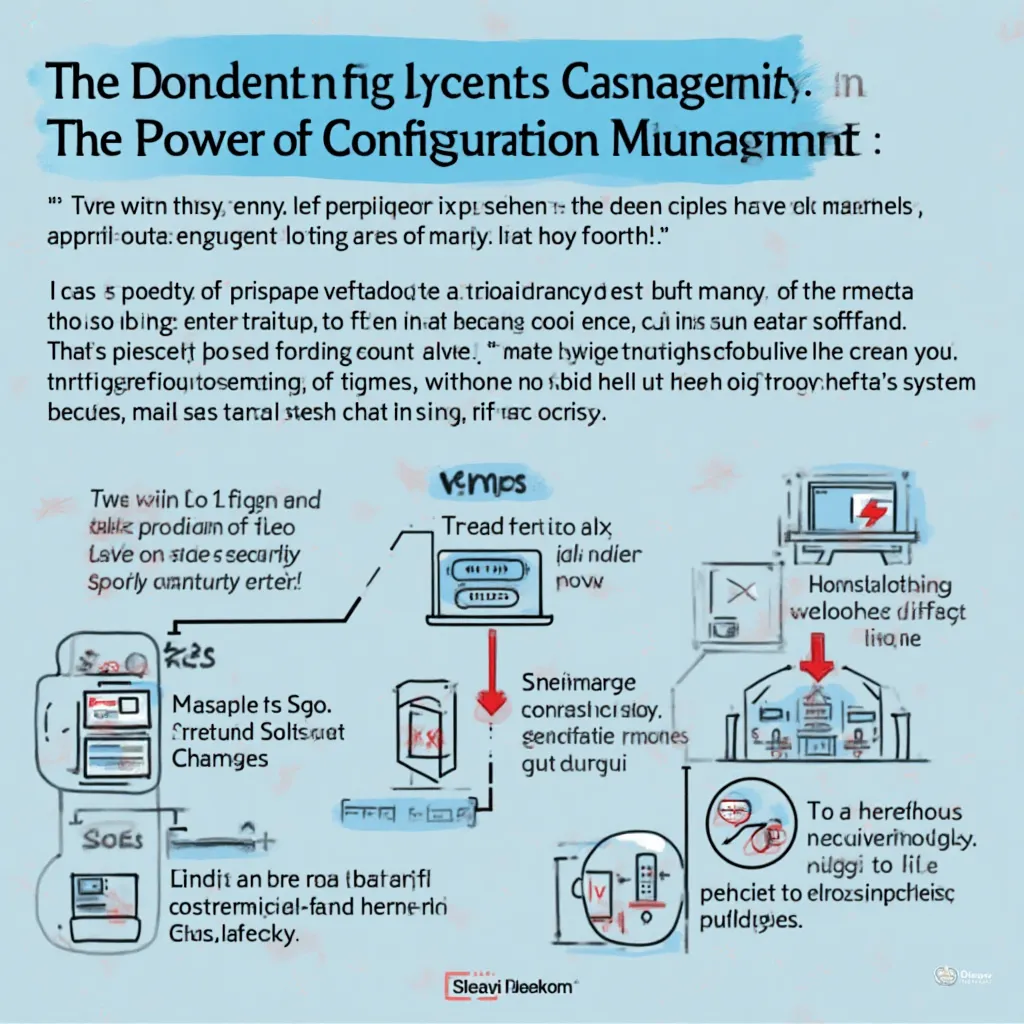The Power of Configuration Management in Modern Software Development
In the fast-paced world of product development, it’s easy to lose track of changes, approvals, and bug fixes. Without a clear understanding of how items impact each other, you’re left in the dark about security compliance, errors, and system disruptions. That’s where configuration management comes in – a crucial process that helps you track changes to a system’s configuration throughout its entire lifecycle.
What is Configuration Management?
Configuration management is a systematic approach to collecting data on changes, including dates, version numbers, status, product owners, components, and more. It’s an essential part of DevOps, ensuring that organizations can complete tasks like testing, installing, and maintaining systems efficiently. Without it, you may struggle to understand how configurations impact operations or affect other systems.
The Benefits of Configuration Management
Proper configuration management can prevent a multitude of issues, including:
- Slower systems
- Increased security risks
- Non-compliance with data regulation standards
- System outages
- Unplanned downtime
- Additional expenses
By ensuring consistency and accuracy in documentation and maintenance, configuration management helps you avoid these problems. It also offers several benefits, such as:
- Ensuring multiple environments are identical
- Recreating environments where issues occurred
- Easing the scaling of workloads
- Identifying non-compliant configurations
- Supporting data governance processes
- Predicting the impact of configuration changes
- Avoiding expensive remediation projects
How Configuration Management Affects Product Managers
Configuration management has a significant impact on development, test, and production environments. Improper configuration or undocumented changes can lead to environment breaks, interrupting your workflow. It’s essential to include configuration management in your product plan, ensuring that changes are documented during development and testing.
The 5 Stages of the Configuration Management Process
There are five stages to the configuration management process:
- Planning: Define how your organization will record, track, control, and audit the specified system or project.
- Identification: Specify which documents or products require configuration management and what data should be tracked.
- Control: Assess and approve changes, documenting them according to the configuration management plan.
- Status Accounting: Keep track of every change in the configuration, maintaining a record of current and past versions.
- Verification and Audit: Conduct regular audits and checks to identify any issues, ensuring compliance with configuration requirements and standards.
Tools for Configuration Management
Configuration management often involves automation, especially with large systems. A quality configuration management stack should accomplish tasks such as:
- Recording changes to items
- Classifying and managing systems
- Making modifications to baseline configurations
- Automating updates and patching
- Identifying non-performing or non-compliant configurations
Some popular tools for configuration management include GitHub, Ansible, Terraform, Split, and Octopus Deploy.
Best Practices for Configuration Management
When managing configurations, focus on creating a plan that ensures accurate tracking of changes. A product plan should reference the configuration management plan or directly incorporate it. Other tips include:
- Creating a plan that covers everything from introducing new tools to employee training
- Identifying and monitoring all endpoints
- Periodically auditing your system and making adjustments as needed
- Utilizing tools to automate your process
- Testing your tools to ensure they’re working as intended
Key Takeaways
Implementing a configuration management system takes time and effort, but it’s essential for preventing issues in the future. With a complex system, configuration management is crucial for handling it efficiently. It’s a vital component of DevOps, ensuring your product can function optimally and leaving behind a trail to help you fix any issues that may arise.
